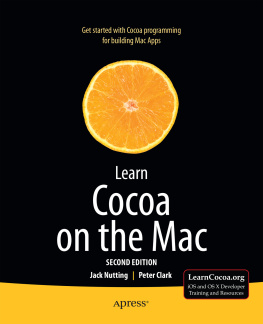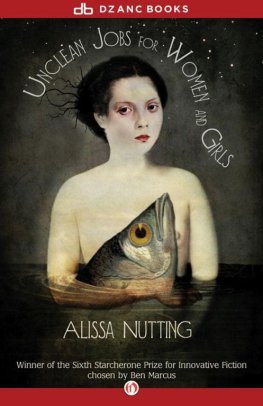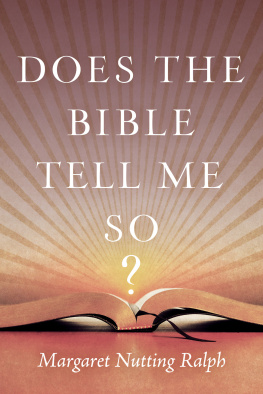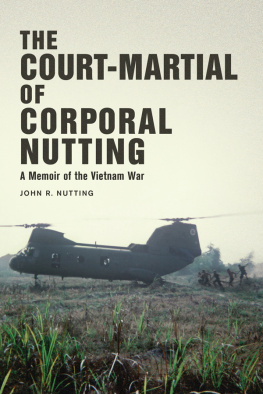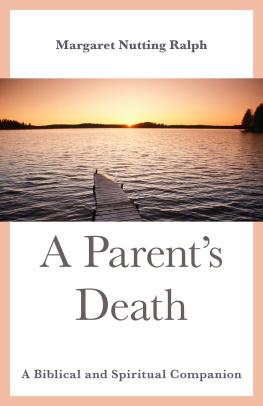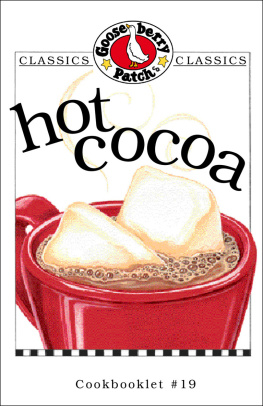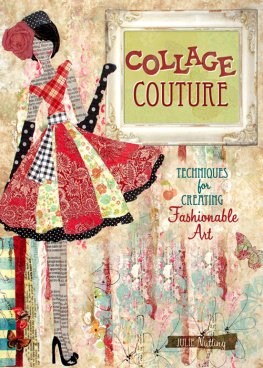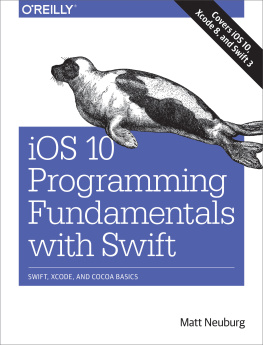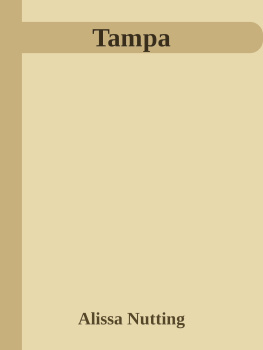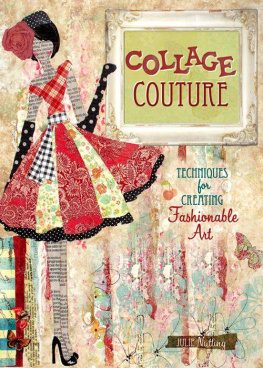Jack Nutting and Peter Clark Learn Cocoa on the Mac 10.1007/978-1-4302-4543-8_1 Jack Nutting 2013
1. Must Love Cocoa
Welcome! You must be here because you want to write programs for your Mac. Well, youve definitely come to the right place. (Here for Pilates? Third door down, on the right.) By the time you finish this book, youll know everything you need to know to create fast, efficient, good-looking Mac OS X applications.
The key to creating a modern Mac application is Cocoa. According to Apple, Cocoa is a set of object-oriented frameworks that provide a runtime environment for Mac OS X applications. As you make your way through this book, youll learn all about the Cocoa frameworks and runtime environment. For the moment, think of Cocoa as a programmers assistant that takes care of much of the housekeeping that goes along with Mac development. Almost every common task performed by a Mac application, from drawing a window to blinking the cursor in a text field, is handled for you when you write programs using Cocoa, freeing you up to concentrate on the code that makes your application unique.
Cocoa provides a class for just about every one of your development needs. There are Cocoa classes for each piece of the Mac OS X user interface, from windows to menus, scrollbars to buttons, images to icons. If you can think of a user interface element youd like to add to your own application, chances are very good that element is already implemented as a Cocoa class.
Another benefit of using Cocoa is that it is tightly integrated with Mac OS X. Build your application using Cocoa, and your application will play well with others and will interface seamlessly with Mac OS X elements like the Finder and the Dock.
WHEN IS 25 YEARS NOT 25 YEARS?
Cocoa has been around in one form or another since 1986. The technologies that we call Cocoa evolved from the NeXTStep AppKit, the application building tools developed for the NeXT platform. When Apple bought NeXT in 1996, they began building a new version of the Mac OS, what we now know as OS X, basing much of the new operating system on technologies acquired from NeXT.
As OS X evolved, so did Cocoa. Apple added technologies from the classic Mac OS, like QuickTime, as well as completely new technologies, like the Quartz rendering system that enables all the fancy visual effects and animation that OS X uses. They also made sure that they kept the Macs famed ease-of-use in the process.
Bottom line: Cocoa is constantly evolving and expanding. The development tools, libraries, and frameworks youll be learning in this book are the result of more than 25 years of experimentation and refinement.
Get a Mac and Download the Tools
Before you can begin creating applications with Cocoa, youll need a Mac. It doesnt have to be the newest or the most powerful Mac; in fact, pretty much any Mac thats been made in the last four or five years or so will work just fine for building the exercises in this book. As you become more serious about writing software, you may find its worth investing in a newer or faster machine, but for now just about any Intel-based Mac will work fine for learning what you need to learn. The latest Macs are currently up to OS X 10.8, while the oldest Intel-based Macs cant run any version of OS X later than 10.7. But Xcode 4.6, the version well be using for this book, works fine on both 10.7 and 10.8.
Youll also need to have an Apple ID (the same as you might already be using for the Mac or iOS App Stores, or other iTunes purchases), and you should strongly consider joining the Apple Developer Connection (ADC), which is Apples developer relations organization. There are paid memberships, but the basic membership is free. To join ADC, open up your web browser and navigate to http://developer.apple.com/mac/ . If you already have an Apple ID, press the Log in button and enter your info. If you are new to Apples online services, click the register link and create your account.
Whether you sign up as a developer or just use your Apple ID, the easiest and best way to get Xcode, Apples set of free developer tools, is to download it from the App Store on your Mac. Just launch the App Store, search for Xcode, and tell it to install. As with most of whats on the App Store, installation is pretty much self-explanatory. Xcodes installation may take quite a bit longer than most other apps since its a pretty big download.
Note
If youve already installed Xcode for doing iOS development, then youre all set. Xcode contains all the tools and frameworks needed for creating both OS X apps and iOS apps. Though the frameworks do have major differences, the tools are pretty much the same, so if youve done any iOS development, you should feel right at home creating Cocoa programs.
Download the Source Code
In addition to downloading and installing Xcode, youll also need to download the sample projects that go with this book. You can find the code archive on the Apress Learn Cocoa on the Mac web page at www.apress.com/9781430245421 . This page contains all the metadata about this book, including the code archive, errata, and more.
Getting Help
As you make your way through the book, youll no doubt have some questions youd like to get answered. Fortunately, there is a great community you can join, designed specifically for this series of books. Check out http://learncocoa.org . Register with the site, find the appropriate book forum and post your questions. You are sure to find other folks who can answer your questions and, who knows, after a while you might find yourself answering questions for other folks as well. The learncocoa.org site is also where youll find some info about other resources to help you on your way, including other books, workshops, and more. Come join us!
What You Need to Know Before You Begin
This book assumes that you already have some basic programming knowledge. You should be comfortable with the concepts of loops, variables, pointers, and linked lists. This book also assumes that you understand the fundamentals of object-oriented programming and are familiar with the Objective-C programming language. Starting with Mac OS X Leopard 10.5, a new version of the language was introduced, called Objective-C 2.0. Dont worry if youre not familiar with the more recent additions to the Objective-C language. Well be sure to highlight any of the 2.0 language features we take advantage of and explain how they work and why we are using them.
NEW TO OBJECTIVE-C?
Here are a few resources that will help you get started.
New to programming? Check out Learn C on the Mac, 4th Edition , written by our good friend Dave Mark ( www.apress.com/9781430218098 ).
New to Objective-C? Check out Learn Objective-C on the Mac, 2nd Edition , an excellent and approachable introduction to Objective-C by Mac programming experts Scott Knaster, Waqar Malik, and Mark Dalrymple ( www.apress.com/9781430241881 ).
Next, navigate over to Apples Mac Developer Library and download a copy of Programming with Objective-C , a very detailed and extensive description of the language and a great reference guide ( http://developer.apple.com/library/mac/#documentation/Cocoa/Conceptual/ProgrammingWithObjectiveC ).

